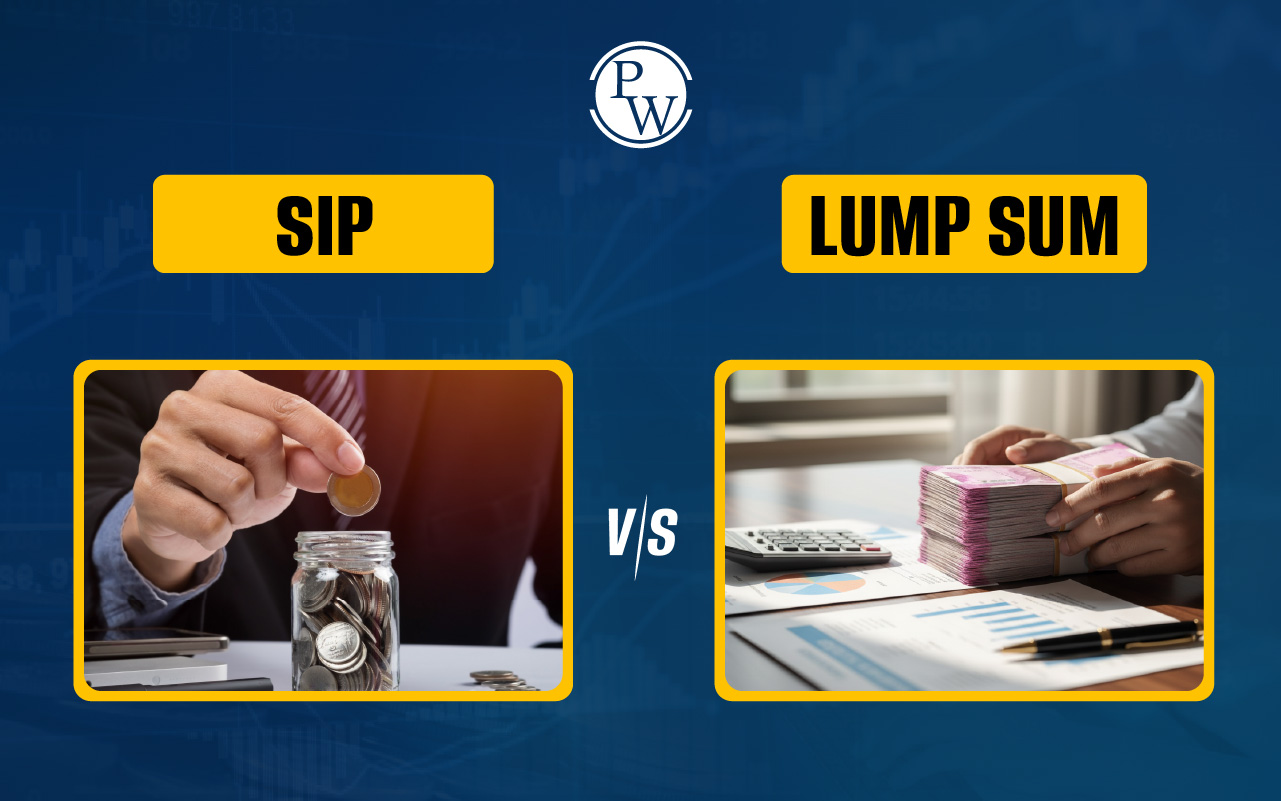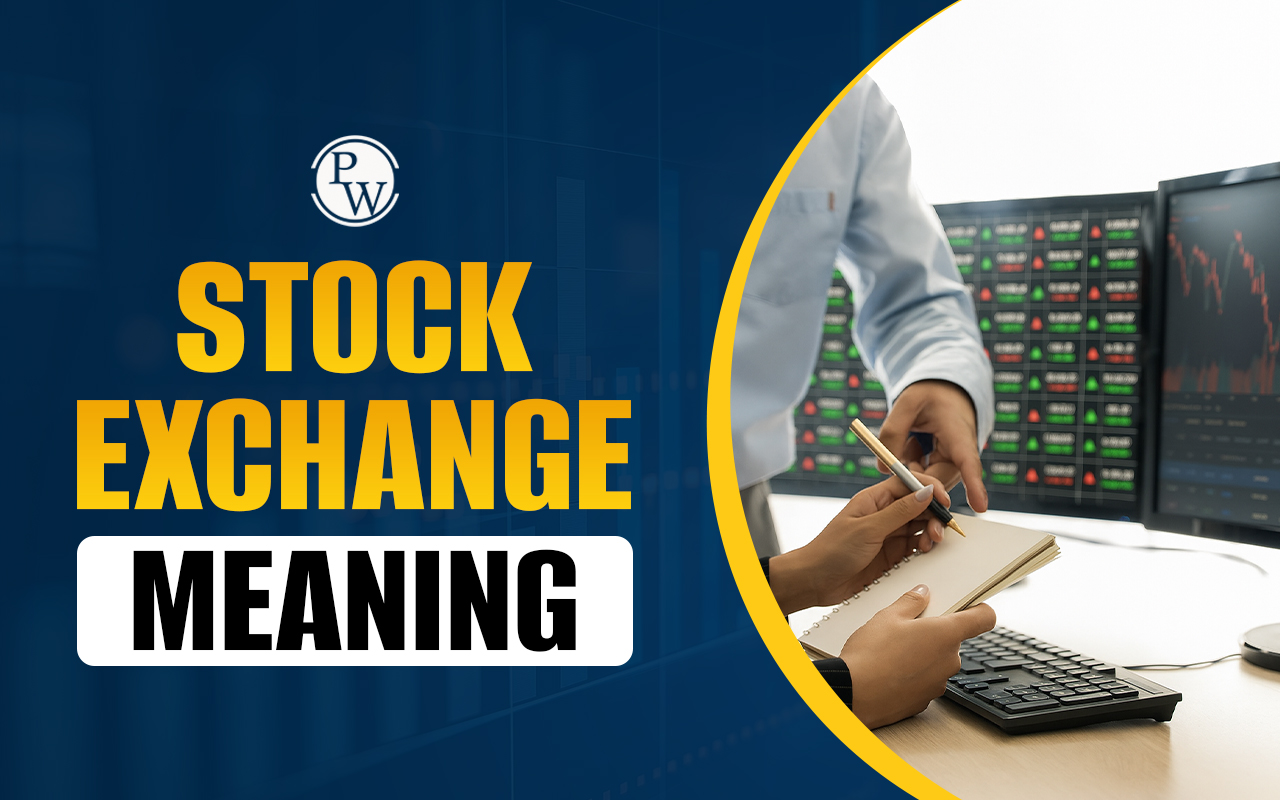
India’s tax system is one of the most dynamic in the world, complex, ever-evolving, and full of layers that often confuse even the savviest earners. At the heart of this system lies one of the most common yet misunderstood taxes: the consumption tax.
Whether you’re buying a bar of chocolate or hiring a service provider, there’s a good chance you're paying this tax. But what exactly does it mean, how does it work, and why is it important for your financial literacy?
Here, we’ll break down answers to key questions like what is consumption tax, explain different consumption tax types, show you how to calculate consumption tax, and most importantly, help you understand how this knowledge can empower your personal and professional life.
What is Consumption Tax?
Consumption tax is a tax that you pay when you purchase goods or services. It’s indirect, meaning it’s not charged directly on your income but rather on what you consume. Every time you spend money on a product or service, a percentage of that amount goes to the government in the form of a consumption tax.
In India, we don’t have a singular national consumption tax like some other countries. Instead, we have the Goods and Services Tax (GST), a comprehensive indirect tax that has absorbed various other state and central taxes. GST is the closest Indian version of a national consumption tax, affecting both everyday consumers and businesses alike.
Consumption Tax Meaning
Understanding the consumption tax meaning is about more than just taxes, it’s about being in control of your financial decisions.
Imagine this: you walk into a store to buy a dress tagged at ₹1,000, but at the billing counter, you're asked to pay ₹1,180. That extra ₹180 is the consumption tax, a cost you didn’t anticipate unless you knew how taxes work.
Consumption tax matters because:
-
It impacts your daily expenses.
-
It influences your saving and spending habits.
-
It affects business pricing and operations.
So whether you’re a student, a working professional, or a budding entrepreneur, understanding this tax is a step toward financial empowerment.
Read More - What is Indirect Tax? Meaning, Advantages & Types
Types of Consumption Tax in India
Let’s now explore the types of consumption tax you encounter in India. Though GST is the dominant one, several other forms still exist and apply depending on the product or service.
1. Goods and Services Tax (GST)
The primary consumption tax in India, GST is levied on the supply of goods and services. It’s multi-tiered with slabs like 5%, 12%, 18%, and 28%, depending on the item.
For instance:
-
Essentials like milk may be taxed at 0% or 5%.
-
Luxury goods and sin products might attract 28% or more.
GST follows the destination principle, which means tax is collected where the final consumption occurs.
2. Excise Tax
This tax is levied on the production of certain goods within the country, such as alcohol or petrol. Though most excise taxes were subsumed under GST, they still apply selectively.
The consumer doesn’t pay excise duty directly, it’s embedded in the product’s price.
3. Value Added Tax (VAT)
While GST has largely replaced VAT, it still exists on certain items like petroleum products and alcohol in some states. VAT is collected at every stage of the supply chain, making it a multi-stage consumption tax.
4. Retail Sales Tax
Before GST, this was imposed by state governments at the retail level. Though it has been largely phased out, it’s essential to understand this as a type of consumption tax for historical and comparative purposes.
5. Import Duties
When goods are imported into India, customs duty is imposed. This is also a consumption tax because the cost is eventually passed on to the buyer. Import duties include:
-
Basic customs duty (BCD)
-
Additional customs duty
-
Integrated GST (IGST)
Each plays a role in determining the final cost of imported goods to the consumer.
How to Calculate Consumption Tax
Now let’s talk about how to calculate consumption tax. This might sound complex, but it's actually simple once you break it down.
Here’s a basic formula:
Consumption Tax = (Applicable Tax Rate × Price of the Good or Service)
For example:
-
You buy a phone for ₹20,000.
-
The GST rate applicable is 18%.
-
Your tax = 0.18 × 20,000 = ₹3,600.
-
Total payable = ₹20,000 + ₹3,600 = ₹23,600.
Whether it's GST, VAT, or import duty, knowing this helps you plan your spending better and avoid surprises.
Read More - Tax Accounting All You Need to Know
Advantages of Consumption Tax
Despite the burden of paying taxes, there are clear advantages to a consumption tax system like GST.
1. Transparency and Simplicity
The consumption tax structure is easier to understand than multiple indirect taxes. GST, for instance, replaced over 17 local and national taxes, making the system more transparent.
2. Reduced Tax Cascading
Earlier, you might pay tax on tax, called the cascading effect. With GST, this is largely eliminated through input tax credits.
3. Boost to Business Compliance
With a unified tax system, businesses are more accountable, leading to improved compliance and reduced tax evasion.
4. Economic Growth
By simplifying taxes and improving revenue collection, consumption tax systems like GST fuel national growth and bring more players into the formal economy.
Disadvantages of Consumption Tax
No system is perfect, and consumption tax has its drawbacks too.
-
Regressive Nature: It may disproportionately affect lower-income groups who spend a larger share of their earnings.
-
Implementation Challenges: Technical glitches, compliance burdens, and lack of clarity still trouble smaller businesses.
-
Inflexibility: Adjusting rates quickly can be bureaucratic and slow, impacting timely policy responses.
But with ongoing reforms, many of these issues are gradually being addressed.
Consumption Tax in India
The evolution of consumption tax in India, particularly through the GST, reflects the country’s attempt to modernize its tax system. While earlier the landscape was fragmented, with VAT, service tax, central excise, etc., now there’s a singular framework aiming for equity, transparency, and economic efficiency.
For professionals and students alike, understanding this system is no longer optional, it’s essential.
Supercharge Your Career with PW Accounting and Taxation Course (in association with PwC India)
The PW Tax and Accounting Course (in association with PwC India) is designed just for you.
This comprehensive, industry-aligned course not only deep dives into consumption tax, GST, and VAT but also equips you with practical skills that make you job-ready in top companies. With real-world projects, expert mentorship, and a certificate from one of the most trusted names in finance, PwC India, you’ll be prepared to tackle real tax challenges like a pro.
Join the PW Certification Program in Finance, Tax and Accounting (in association with PwC India) and future-proof your career today.
FAQ
What is consumption tax?
How many types of consumption tax are there in India?
Is GST a type of consumption tax?
How is consumption tax different from income tax?
Can I learn tax calculation professionally?










